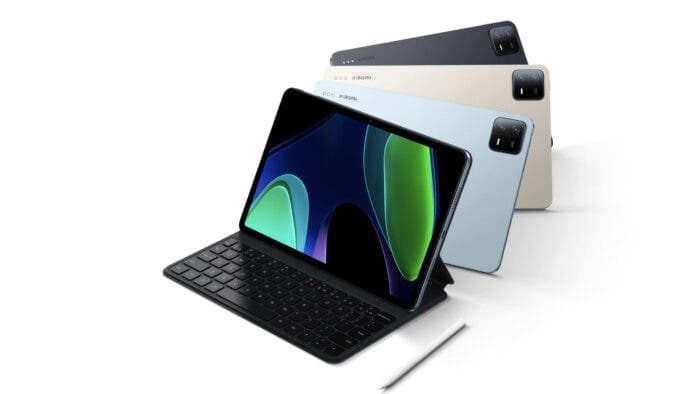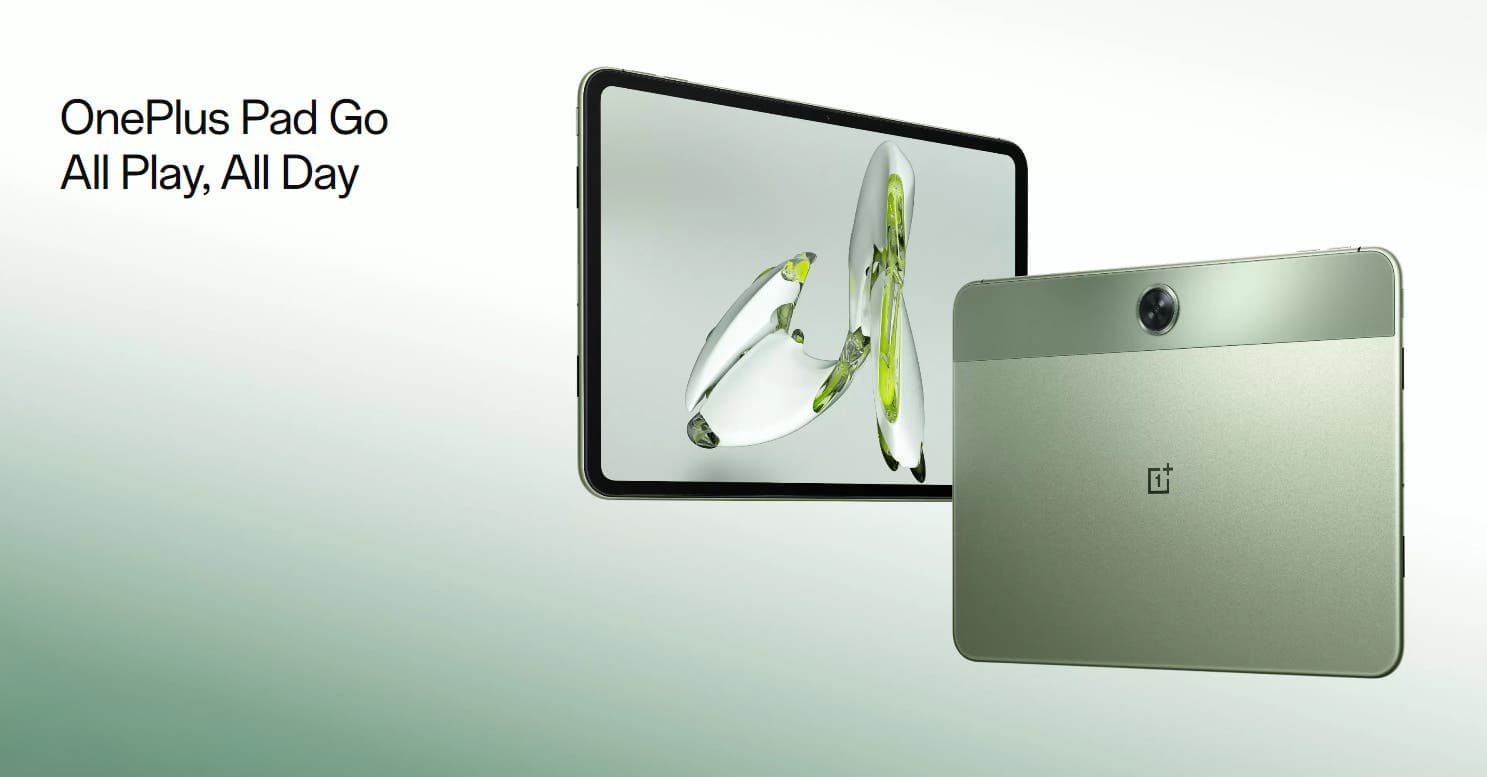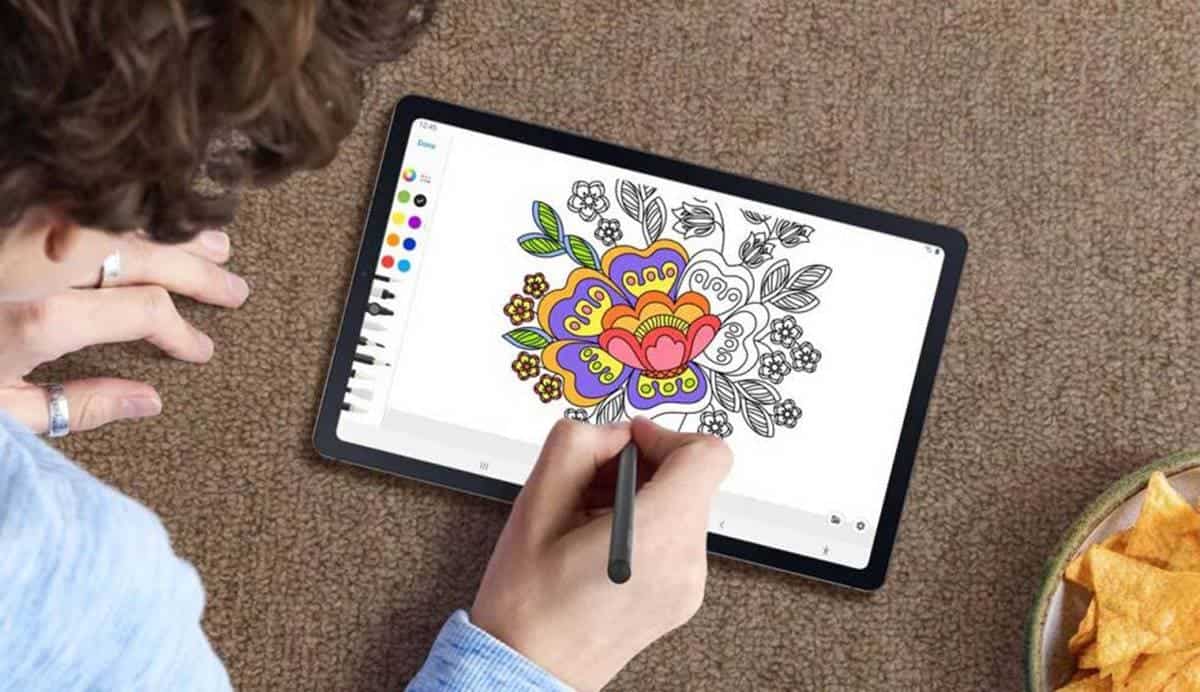Editorial
Why midrange tablets still haven’t figured out their identity in 2025
Efe Udin
July 21, 2025

I’ve tested, reviewed, and used more tablets than I care to count, and yet there’s one part of the market I still don’t fully understand: midrange tablets. These are the $300–$500 slates that try to bridge the gap between cheap media devices and high-end productivity machines. But in 2025, it’s still not clear who they’re really for or what they’re meant to do well.

A category caught in the middle
Midrange tablets are supposed to be balanced. They should offer more power and polish than budget models without demanding the high price of an iPad Pro or Galaxy Tab S9 Ultra. But most of the time, they end up in a strange no man’s land. They’re too compromised for work, not quite premium enough for creatives, and often redundant for people who already own a large-screen phone.
That’s the core problem: purpose. When I pick up a tablet in this range, like the Xiaomi Pad 6, Galaxy Tab S6 Lite, or even the OnePlus Pad Go, I rarely come away feeling like I’ve used a device with a clear role. They stream video fine, yes. Some handle casual gaming and note-taking. But almost all of them fall short when asked to do more than one thing well.
Software keeps holding them back
The software situation hasn’t helped. Android tablets have come a long way, and to Google’s credit, Android 14L and 15 have improved large-screen support. But the app ecosystem still doesn’t treat tablets as first-class citizens. Too many apps scale poorly or lack the features you’d expect when compared to their iPad counterparts.
This creates a bottleneck. Even if the hardware improves, the user experience feels limited by apps that behave like enlarged phone versions. Split-screen multitasking works in theory, but in practice, it’s clunky. Most midrange tablets come with productivity features—desktop modes, floating windows, stylus input—but they often feel like half-finished ideas rather than core strengths.

Hardware that looks good but struggles under pressure
Then there’s the performance gap. These devices often look premium, with metal chassis, high-refresh-rate displays, and decent speakers. But when you try to use them as lightweight work tools—switching between apps, taking notes, or editing basic media—you quickly hit a ceiling. Midrange chips like the Snapdragon 6 Gen 1 or MediaTek Kompanio 900T sound fine on paper, but they stutter under pressure.
Stylus support is another checkbox that manufacturers love to highlight, but in use, it’s often a reminder of how far we still are from real precision. There’s usually just enough lag to throw off note-taking or sketching. And the accessories—especially keyboard covers—tend to feel more like marketing obligations than serious productivity tools.
Too much competition from other devices
I’ve also noticed that midrange tablets no longer exist in a vacuum. Phones have gotten larger, more powerful, and better at multitasking. Chromebooks and entry-level Windows laptops now offer more raw capability for roughly the same price. So when someone asks me, “Should I get a $400 tablet?” I find myself asking back: “Instead of what?”
That’s the dilemma. If you need power, you can get a laptop. If you want portability, a big phone already handles most tablet tasks. And if you just want a great tablet experience, saving a bit longer for an iPad Air or Galaxy Tab S9 FE delivers far more value.
Still waiting for a clear direction
I’m not saying midrange tablets are useless. I’ve enjoyed using some of them for reading, watching YouTube, or answering emails. But that’s not enough anymore. At this price point, people expect devices to justify their existence, and right now, most midrange tablets don’t. Until brands decide what these devices are really for—and stop trying to make them be everything to everyone—they’ll keep feeling like a confused compromise rather than a compelling choice.
Disclaimer: We may be compensated by some of the companies whose products we talk about, but our articles and reviews are always our honest opinions. For more details, you can check out our editorial guidelines and learn about how we use affiliate links.Follow Gizchina.com on Google News for news and updates in the technology sector.